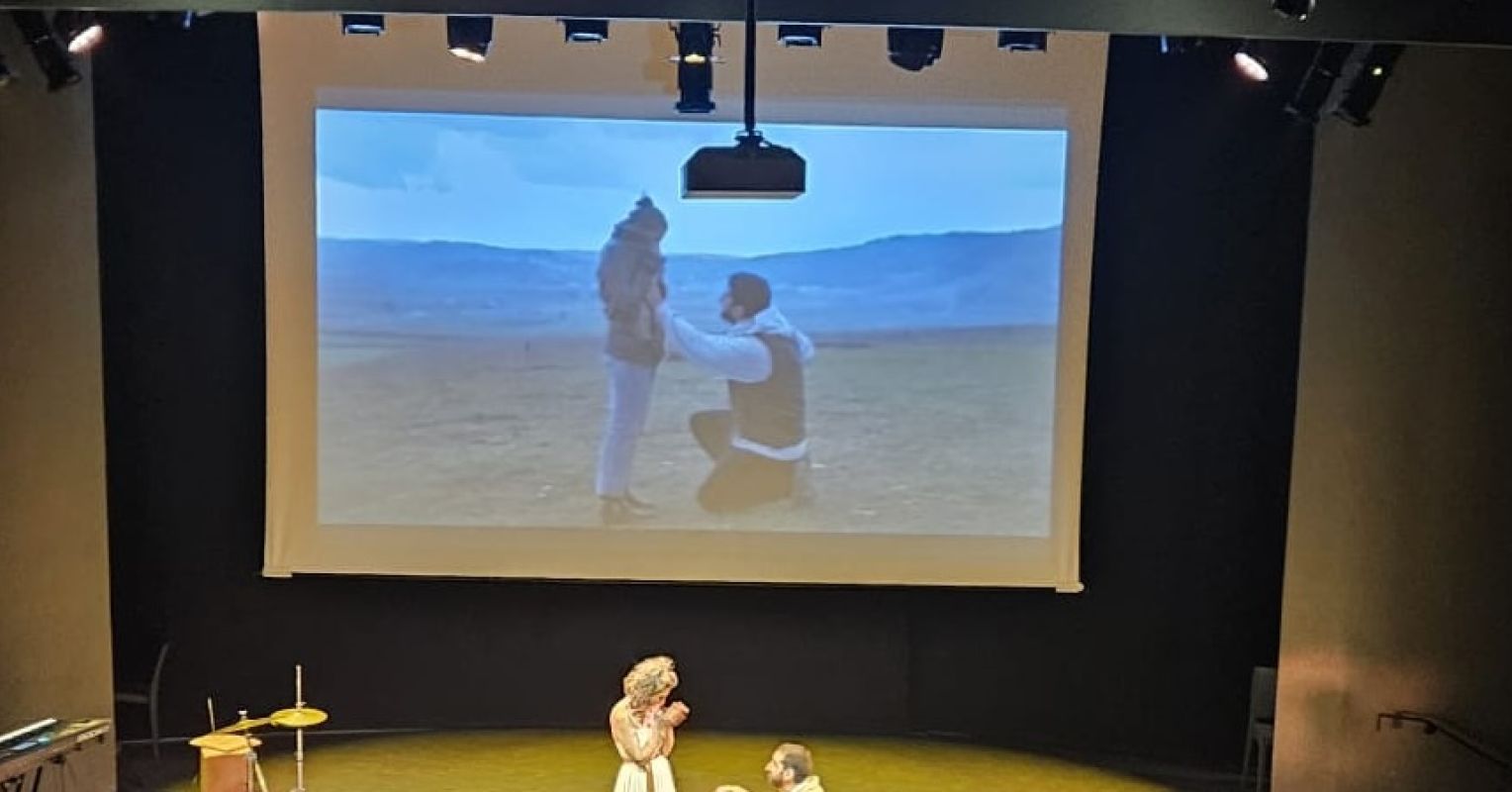

Co-authored with Galit Romanelli, M.A.
Jim and Yolanda look tired. After 13 years and four children together, they are deep in the finger-pointing, cold-war stage. Jim admits he’s happy to just “bear” the marriage. He looks at me and asks, “Is it really possible to desire your partner after all these years?”
The year was 2014. I (Assael) was a young, exhausted father of two small kids and a couples therapist, married just three years. One night I was reading Mating in Captivity by psychotherapist Esther Perel when I came across a line that stopped me cold:
“Most people are going to have two pr three marriages or committed relationships in their adult life. Some of us will h ave them with the same person.”
That sentence puzzled me, haunted me, and eventually inspired me. What did she mean, married to the same person? I had just found my person. Galit and I were learning how to be partners and new parents at the same time. The idea that I’d have to “remarry” her someday felt strange, even threatening.
Four years later, after several life changes and one deep marital crisis, I finally understood. Our first marriage had ended. We were still together, but the version of ourselves that said “I do” no longer existed. The question wasn’t whether I’d get married again. It was whether I’d get married again to Galit.
We all change. Our bodies, interests, priorities, and libidos shift over time. Almost every cell in our body renews itself.. So why do we expect our marriage to stay the same? The truth is, both partners never stop evolving. It’s only a matter of time until your original relational contract starts to crack. What once felt easy and natural can begin to feel constraining, outdated, or just boring.
At that stage, most couples either quietly surrender and endure the old dance or they split and start again with someone new.
But there’s another way.
You can stay with the same partner and completely reimagine and redesign your marriage—what we call remarrying your partner. Remarriage allows you to enjoy the richness, depth, and shared history of a long-term relationship while rediscovering the excitement and vitality of new love. This echoes Dr. David Schnarch’s teaching that marriage (or any long-term relationship) is a people-growing mechanism, a living system that challenges us to evolve, stretch, and fulfill our potential.
If it’s so valuable, why don’t couples naturally remarry? Because most of us never saw our parents do it. Their relationships were often either quiet backdrops or emotional jails. And Hollywood doesn’t show it either—only happily-ever-after fantasies or dramatic implosions. No wonder we don’t know how to update a relationship that’s gone stale.
The idea of remarriage became the seed of a relational model Galit and I developed—a practical roadmap for couples who want to reinvent their relationship without leaving it. It took us years of trial, error, and therapy to figure it out, and even longer to embody it.
The Remarriage Model helped us renegotiate and reinvent our marriage many times over the past 15 years (we’re now in our sixth marriage to each other). We began applying the model to couples in our clinic and eventually started teaching it in workshops—because we believe not every couple needs therapy, but every couple needs relational tools.
What we’ve learned is simple but profound: Reinventing your marriage is possible if you’re willing to practice. Here’s the four-stage model:
Play
Playfulness is a mindset of curiosity, flexibility, and willingness to make mistakes. It’s the ability to explore, move, and laugh together—to let go of control and rediscover the lightness that first drew you in. Play is the lubricant of relationships; it keeps things from getting stuck and keeps energy flowing between you.
Own Your Shadows
Every relationship has shadows—the parts of ourselves we deny, hide, or project onto our partner: jealousy, anger, neediness, lust, greed, pride. When we own these parts instead of disowning them, we stop blaming our partner for what’s actually ours to face. The very qualities we try to suppress often hold the key to our aliveness.
Relationships Essential Reads
Let It Land
This is about listening not just with your ears but with your whole body. Instead of defending or fixing, you allow your partner’s words to penetrate. You let them move you. It’s how you show that growth matters more than ego. When you let things land, you turn listening into a form of love.
Say the Thing
Speaking directly is risky because it invites honesty, and honesty can be uncomfortable. But it’s the only path to intimacy. Most couples dance around the truth, leaving a trail of assumptions, resentments, and unspoken needs. Saying what’s real—“I miss you,” “I’m hurt,” “I want you”—is what keeps love alive.
These four skills—play, ownership, letting it land, and saying the thing—form the backbone of remarriage. Think of them as a spiral dance guiding you through old patterns toward your next marriage together. Simple, but not easy. The skills require daily practice. Each time you do, you peel back another layer, rediscovering your partner and revealing new parts of who you are. (You’ll find more about the remarriage process here.)
When couples learn to remarry each other, they become more open, playful, and loving. They experience relational freedom, the freedom to be your full self—messy, flawed, and beautiful—and still feel loved.
We don’t need a new partner. We need a new way of being with the one we already have.
Galit Romanelli is a sociologist, certified relationship coach, Ph.D. candidate in gender studies, and co-director of The Potential State.









